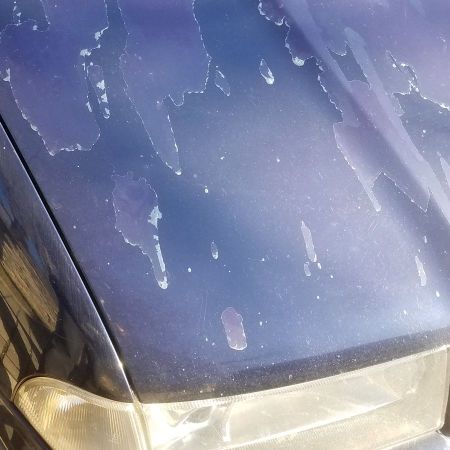Summary of all activities of Metallic Construction Materials group is here.
| Thanks to great mechanical properties, processability, availability of iron ore and low cost is steel the most widely used metallic construction material. The amount of steel used worldwide is more than 30 times higher than that of aluminium and its alloys. However, non-alloyed and low-alloyed steel grades are prone to corrosion in water, wet atmosphere and soil. To avoid formation of red corrosion products (rust) on a steel surface, it needs to be protected for majority of applications. Painting is, by far, the most commonly used corrosion protection method. A protective paint system can be composed of a single layer or several layers of organic, or less often inorganic, paint films applied on a well prepared steel surface. Through selection of chemical composition, thickness and number of paint layers, the protective ability of a paint system can be tailored to fit the intended application. There are few micrometres thick single-layer coatings for temporary corrosion protection or for use in very low corrosive environments, as well as robust paint systems composed of several layers with different properties as thick as 1 mm for protection under the most aggressive conditions. |
|
Standards EN ISO 12944-1 to 9 were designed to simplify selection of the right paint system from numerous options available on the market. They introduce a system of classification of atmospheric and water environments and recommend paint systems suitable for particular corrosivity classes. It helps designers, project architects and end users in selection of a paint system with appropriate durability.
- Part 1 (EN ISO 12944-1) describes general principles of corrosion protection of steel structures and products by paints.
- Part 2 (EN ISO 12944-2) defines classes of corrosion aggressiveness of atmospheres (C1 – Very low, C2 – Low, C3 – Medium, C4 – High, C5 – Very high and CX – Extreme) and presents corrosion risks of steel structures immersed in water or buried in soil (Im1 – Clear, fresh or potable water, Im2 – Sea or brackish water, Im3 – Soil, Im4 – Sea or brackish water with cathodic protection).
- Part 3 (EN ISO 12944-3) deals with construction aspects and identifies suitable and unsuitable solutions in view of corrosion protection by paints.
- Part 4 (EN ISO 12944-4) describes surface preparation methods and requirements for the resulting surface state.
- Part 5 (EN ISO 12944-5) recommends paint systems suitable for particular corrosivity classes as a function of required durability. The durability is expressed by four ranges as Low (L) to 7 years, Medium (M) from 7 to 15 years, High (H) from 15 to 25 years and Very high (VH) over 25 years.
- Part 6 (EN ISO 12944-6) specifies laboratory performance test methods for determination of the paint system durability.
- Part 7 (EN ISO 12944-7) defines painting application conditions.
- Part 8 (EN ISO 12944-8) provides recommendations for development of specifications for paint application.
- Part 9 (EN ISO 12944-9) deals with paint systems for marine climates and other extremely corrosive atmospheres and for corrosion protection of steel structures in sea water in combination with cathodic protection.
Technopark Kralupy offers a complete service for determination of the paint system durability (C3-H, C2-M, C4-VH etc.). In our laboratories, we will:
- Prepare test samples (carbon steel CR4 according to ISO 3574 of 150×100 mm and thickness of 3 mm);
- Blast clean the samples (Sa 2½ according to EN ISO 8501-1 with medium degree of roughness G according to EN ISO 8503-1);
- Apply specified paint films using provided paints (spraying or other requested method);
- Verify the paint film thickness (magnetic induction method);
- Determine the paint adhesion (cross cut test according to EN ISO 2409 or pull-off test);
- Fabricate scribes (milling, 50 mm long and 2 mm wide scribe following requirements of EN ISO 12994-6, A.1);
- Carry out the condensation test (EN ISO 6270-2) and accelerated corrosion test in neutral salt spray (NSST, EN ISO 9227);
- Evaluate paint system degradation (blistering according to EN ISO 4628-2, degree of rusting according to EN ISO 4628-3, cracking according to EN ISO 4628-4, degree of flaking according to EN ISO 4628-5, delamination from scribe according to EN ISO 12944-6; Appendix A.2 and adhesion).
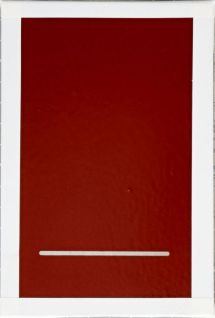 |
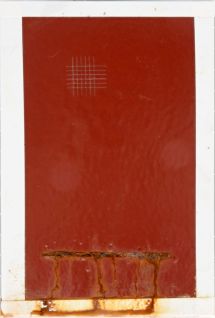 |
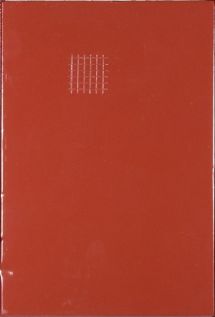 |
| Sample with a scribe | Sample with a scribe after the neutral salt spray test | Sample after a cross-cut test |
If a paint system passes the requirements of EN ISO 12944-6, we will issue a Test protocol certifying the paint system durability in an environment with given corrosivity classification.
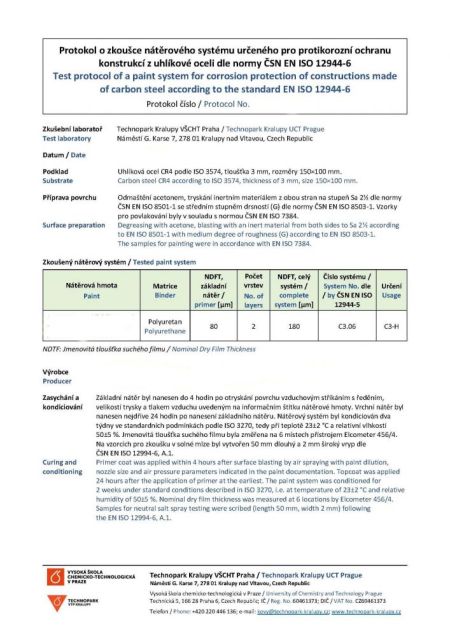 |
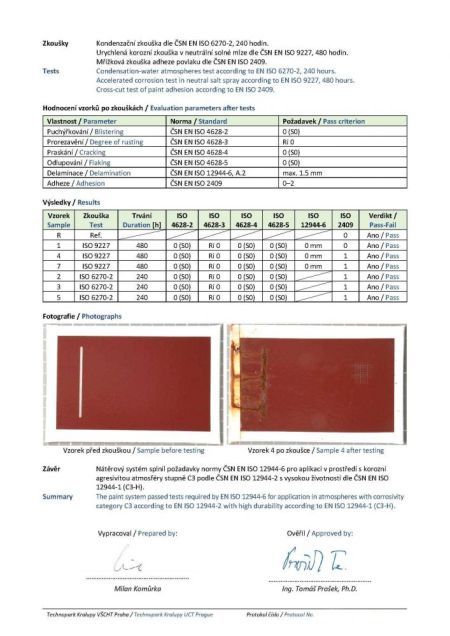 |
| Example of a certificate for a paint system, which passed tests according to EN ISO 12944 | |
We carry out qualification tests of paint systems for the most aggressive conditions of marine climate and sea water according to the requirements of EN ISO 12944-9, i.e. the cyclic weathering test combining UV degradation, water condensation, deposition of salt spray and freezing, the test of resistance against cathodic delamination according to EN ISO 15711, Method A and the immersion test in artificial sea water according to EN ISO 2812-2.
About us
Technopark Kralupy is a spin-off of The University of Chemistry and Technology Prague serving the Czech and international industry in the field of building chemistry and similar subjects since 2015.
Contact
Department of Metallic Construction Materials
Technopark Kralupy of the University of Chemistry and Technology Prague
Technopark Kralupy VŠCHT Praha
Náměstí G. Karse 7
278 01 Kralupy nad Vltavou
Czech Republic
kovy@technopark-kralupy.cz
Phone: +420 220 446 104, +420 723 242 413
© 2020–2024 Technopark Kralupy

